#Microplate Readers
Explore tagged Tumblr posts
Text
Scientific Apparatus Its History And Significance in Research Studies
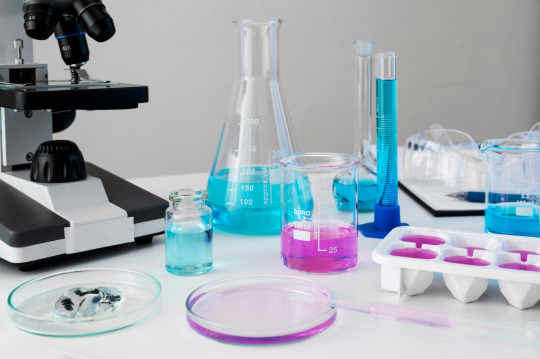
An apparatus especially pertaining to scientific studies can be generalised as a device or implement made use of particularly in the study of science in practical learning. However, the definition of a scientific apparatus has a more varied contemporary definition that is it is a device that is developed to explore an aspect or a theory both qualitatively and quantitatively. In olden days scientific appliances were made to order by special tool makers.
Owing to the necessity they would be available and would deliver the apparatus accordingly. Living near a centre or research institute in such time would create more opportunities for such tool makers. Later on as days passed and the university or research laboratory, needed more and more apparatus and devices that had to be more refined for specific experiments, these apparatus makers designed, constructed, and refined instruments for those specific experimental purposes so that their place in the supply segment would be stable and secure.
While this practice went on for quite a considerable period of time, the demands for such instruments also rose to such a stage wherein product ion or creating such instruments or apparatus was not sufficient and hence had to be manufactured on a large scale so that the demands could be met. This was possibly the beginning of manufacture of scientific apparatus on a commercial scale and level. While the manufacturing of these scientific apparatus kept advancing, likewise did the segregation of the manufacture of the devices did happen according to the branch of the science.
Since the three branches of science needed different tools that were to be used, the differentiation of the industry also took place. While the chemical engineering or the branch of chemistry needed more of glassware and allied apparatus, the physics segment had more of its concern with respect to electrical and optical devices. The botanical and the zoological segment required more of surgical and microscopic observatory and measuring devices like the microscope and related ones. And the manufacturers chose the best suited segments for manufacture depending on their personal abilities and expertise.
In today’s set of scientific apparatus manufacturers, Gaia scientific supplies, located in Singapore is one of the pioneers in scientific equipment supplies and services. Comprising of a professional team with immense experience in the Scientific Industry, the company is a dedicated laboratory equipment supplier to universities, research centres and other related trades. recognized as dynamic team equipped with cutting-edge technologies, scientific products that are manufactured by Gaia science is being used in a wide range of application areas, like cell biology, animal and plant research, life science equipment, inorganic an organic synthesis, clean energy, imaging, and in many other educational areas.
To Learn About More Details On Scientific Equipment Supplier Please Come And Visit Our Website..!
#scientific equipment supplier#kd scientific syringe pump#science laboratory equipment#scientific instruments#scientists#microplate readers#anesthesia machine#laboratory equipments#laboratory equipment suppliers#scientific laboratory equipment#scientific instruments supplier#homogeniser machines
0 notes
Text
Analysis of Multi-Mode Microplate Readers Market Key Facts, Dynamics, Segments and Forecast Predictions Presented
Research Nester assesses the growth and market size of the global multi-mode microplate readers market which is anticipated to be on account of the technological progress in the healthcare and rising number of clinical trials.
Research Nester’s recent market research analysis on “Multi-Mode Microplate Readers Market: Global Demand Analysis & Opportunity Outlook 2036” delivers a detailed competitors analysis and a detailed overview of the global multi-mode microplate readers marketin terms of market segmentation by product, distribution channel, modality, application, end user and by region.
Request for customization @
Prevalence of Various Chronic Diseases and Rising Number of Clinical Trials to Promote Global Market Share of Multi-Mode Microplate Readers Market
The global multi-mode microplate readers market is estimated to grow majorly on account of the increased prevalence of chronic diseases and the rising number of clinical trials. The multi-mode microplate readers are utilized in numerous research fields for the quantification of the different biological and chemical assays in microplates. In the year 2024, the data released by clinicaltrials.gov received almost 4.5 million visitors monthly. The multi-mode microplate reader is used in various research fields for the quantification of different biological and chemical assays in a microplate. On the back of the exponentially rising number of clinical trials, the global multi-mode microplate readers market is projected to witness remarkable growth during the forecasted period. Other than this, the adoption of microplate readers is fueled by the rising growth in the biotechnology sector and the increasing scope of the applications in genomic research. Numerous countries are running genome projects such as the 100,000 Genomes project, a British initiative to sequence and study the role of genes in diseases and health. Hence, these factors are fueling the global multi-mode microplate readers market growth during the forecast period. Furthermore, the advantages offered by microplate readers over spectrophotometric devices, such as rising speed and efficiency in various analytical workflows. Owing to this, the global multi-mode microplate readers market is projected to garner significant revenue in the forecasted period.
Some of the major growth factors and challenges that are associated with the growth of the global multi-mode microplate readers market are:
Growth Drivers:
Surge in the Number of Clinical Trials
Availability of Broad Range of Reading Functions
Challenges:
Storage sensitivity, rising cost of advanced and multi-mode microplate readers, and exorbitant initial cost of development are some of the major factors anticipated to hamper the global market size of the global multi-mode microplate readers market.
Access our detailed report at:
By application, the global multi-mode microplate readers market is segmented into drug discovery, genomics & proteomics readers, oncology, molecular biology, and cellular biology. Out of these, drug discovery segment projected to hold the largest market share of about 40% during the forecast period. In the year 2022, it was found that almost 9608 new molecular entities and new combinations in the Investigational New Drug to New Drug Application stage are in the pipeline.
By region, the Europe multi-mode microplate readers market is to generate the highest revenue by the end of 2036. The market in the region is projected to witness market growth at a rate of almost 3.51% during the forecasted period. The growth in the region can be attributed to the rising investment in the research and development.
This report also provides the existing competitive scenario of some of the key players of the global multi-mode microplate readers market which includes company profiling of Danaher Corporation, Thermo Fisher Scientific, Inc., BMG Labtech, PerkinElmer, Inc., Promega Corporation, Bio-Rad Laboratories, BioNTech SE, Agilent Technologies, Inc., Enzo Life Sciences, Berthold Technologies GmbH & Co. KG, Fujifilm Wako Pure Chemical Industries, Ltd., Ikeda Rika Co., Ltd., Hitachi High-Tech Corporation, PerkinElmer Japan Co., Ltd., Molecular Devices Japan Co., Ltd. and others.
Request Report Sample@
Research Nester is a leading service provider for strategic market research and consulting. We aim to provide unbiased, unparalleled market insights and industry analysis to help industries, conglomerates and executives to take wise decisions for their future marketing strategy, expansion and investment etc. We believe every business can expand to its new horizon, provided a right guidance at a right time is available through strategic minds. Our out of box thinking helps our clients to take wise decision in order to avoid future uncertainties.
Contact for more Info:
AJ Daniel
Email: [email protected]
U.S. Phone: +1 646 586 9123
U.K. Phone: +44 203 608 5919
0 notes
Text
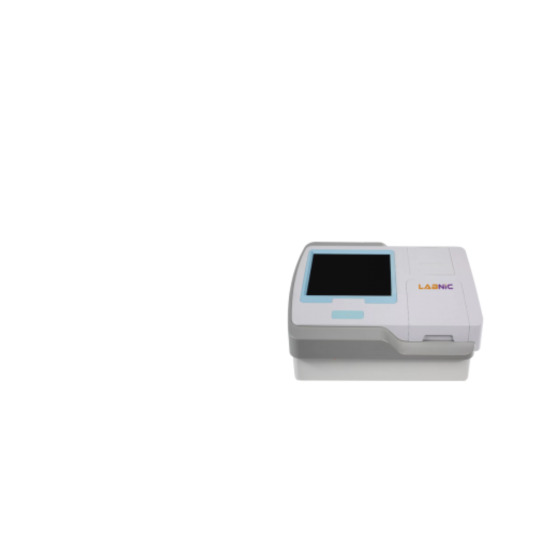
Labnic Elisa Microplate Reader is a basic reader that can also be used to quantify a variety of other colorimetric assays. The ELISA microplate reader comes with a filter wheel that can accommodate up to 8 additional filters. The ELISA microplate reader is user-friendly and easy to program. The ELISA microplate reader features auto lamp adjustment and auto calibration.
#Buy Elisa Microplate Reader#Elisa Microplate Reader manufactured in New York#Elisa Microplate Reader supplier in New York
0 notes
Text
Microplate Reader
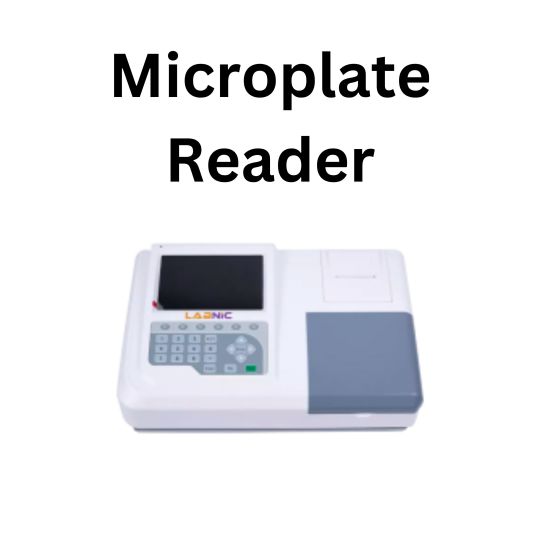
A microplate reader is a laboratory instrument used to measure various properties of samples contained within multi-well plates, commonly referred to as microplates. These instruments are widely used in research, clinical diagnostics, and pharmaceutical industries for applications such as enzyme-linked immunosorbent assays (ELISA), cell proliferation assays, protein quantification, and drug screening.
0 notes
Text
World-Leading Healthcare Solutions
youtube
Want to buy an automated microplate reader? Shop from Eastmed: they are a professional manufacturer of in-vitro diagnostic products & can deliver top-tier clinical laboratory equipment solutions.
1 note
·
View note
Text
Microplate Reader
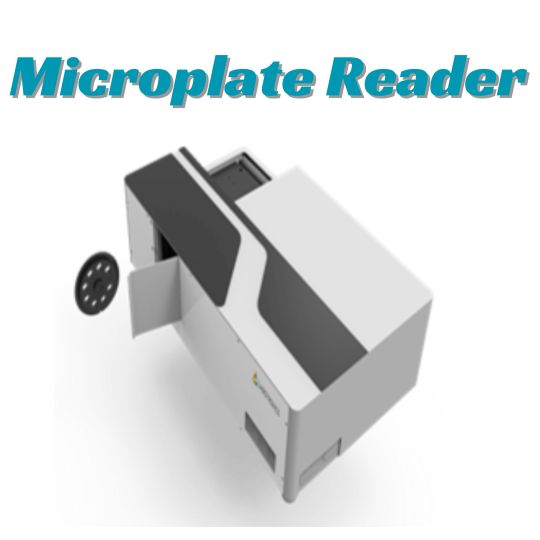
Labotronics microplate reader is a semi-automatic photometric unit for sample analysis in microplates.It can be operate in single wavelength mode which measures absorbance or fluorescence and dual to compares measurements at two different wavelengths.The wavelengths can use under range 340 nm ~ 850 nm and can control by optical filters by providing 4 optional filter positions to pass through the samples.Silicon Photodiode detect the intensity of emitted light,convert it into electrical signals and processed data will be reflect. Read more
#meters and testers#labotronics#scientific equipment#lab products#Laboratory Equipment#Microplate Reader
0 notes
Text
Microplate Reader
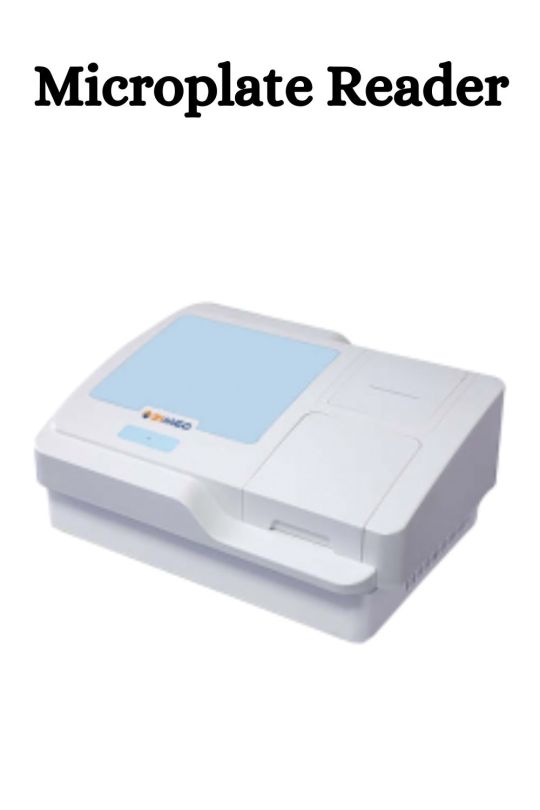
Microplate Reader ZMR-A10 consists of a silicon photodiode as a photodetector and an optical system with 8-channel optical fiber scanning. It can store 500 test items and 10,000,000 test data points and perform 12 different tests on just one plate.It appears to be a versatile and capable instrument suitable for a wide range of applications in the life sciences, offering flexibility, high data storage capacity, and multiple testing capabilities.
0 notes
Text

Elisa Microplate Reader - Labnic
Elisa Microplate Reader is a basic reader that can also be used to quantify a variety of other colorimetric assays. By performing 12 different tests in one plate, this device can measure an entire 96-well plate in less than a few seconds and supports rapid photometric measurements in the 400 to 800nm wavelength range. The device has a 7" high resolution LCD touch screen and an 8V/50W tungsten halogen lamp for accurate data reading.
0 notes
Text
Microplate-Reader
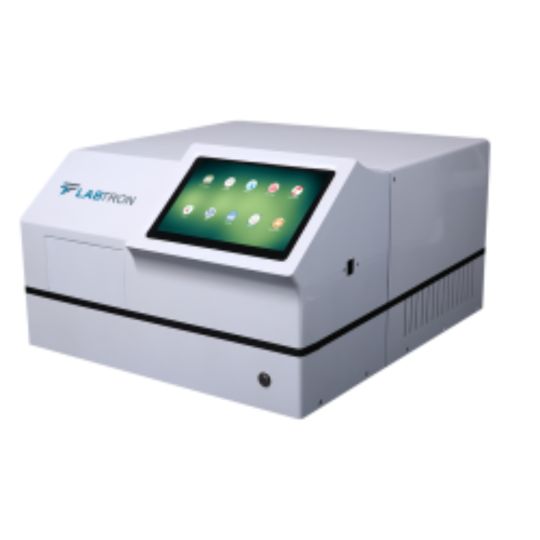
Microplate Reader is designed to analyze the contents of microplates.It performing multiple detection modes, such as absorbance, fluorescence, luminescence,use monochromators to provide flexibility in choosing specific wavelengths.Plate type=48-well-96-well-microplates; Display=8-inch-industrial-grade-color-lcd-touch-screen-display-can-display-entire-elisa-plate-board-information; Wavelength range=400-to-800-nm; Filters=405-nm-450-nm-492-nm-630-nm-can-installed-up-to-10-filters; Accuracy=le-plusmn-0-01-abs;for more visit labtron.us
0 notes
Text
Microplate Readers
Microplate reader consists of a silicon photodiode as a photodetector and an optical system with 8-channel optical fiber scanning. It can store 500 test items and 10,000,000 test data points and perform 12 different tests on just one plate. The system is equipped with a USB interface for easy connection to the PC. It works on a single or dual wavelength, gives qualitative and quantitative data evaluation, and also consists of an LED or tungsten halogen lamp as a light source.
https://www.zimed.com/microplate-readers
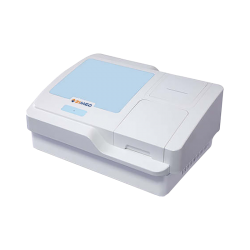
1 note
·
View note
Text
Microplate Reader Market In-Depth Research On Basis By Product, Application, End-Use, Region And Forecast To 2030 : Grand View Research Inc.
San Francisco, 26 July 2023: The Report Microplate Reader Market Size, Share & Trends Analysis Report By Product (Single-mode Readers, Multi-mode Readers), By Application, By End Use, By Region, And Segment Forecasts, 2023 – 2030 The global microplate reader market size is expected to reach USD 809.2 million by 2030, expanding at a CAGR of 7.59% from 2023 to 2030, according to a new report by…
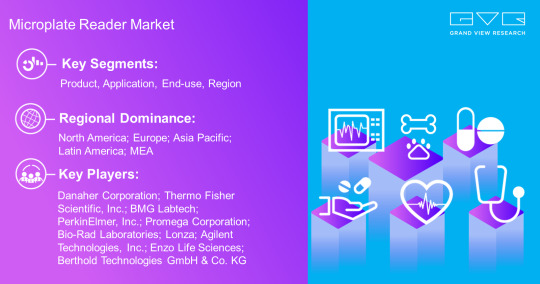
View On WordPress
#Microplate Reader Industry#Microplate Reader Market#Microplate Reader Market 2030#Microplate Reader Market Share#Microplate Reader Market Size
0 notes
Text
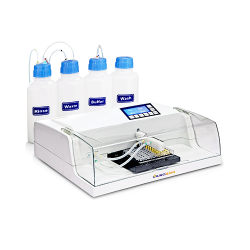
ELISA Microplate Washer
ELISA Microplate Washer: Quick sequential, continuous, and 8 & 12-way manifold features Low residual volume by 2 pipettes.For more visit www.Labozon.com.
0 notes
Text
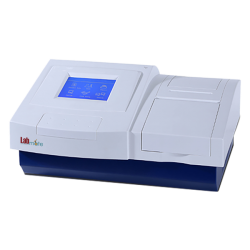
Elisa Microplate Reader
Elisa Microplate Reader LMMR-M101 is a simple-to-use ELISA reader that may be used to measure a variety of other colorimetric tests. for more visit www.Labmate.com.
0 notes